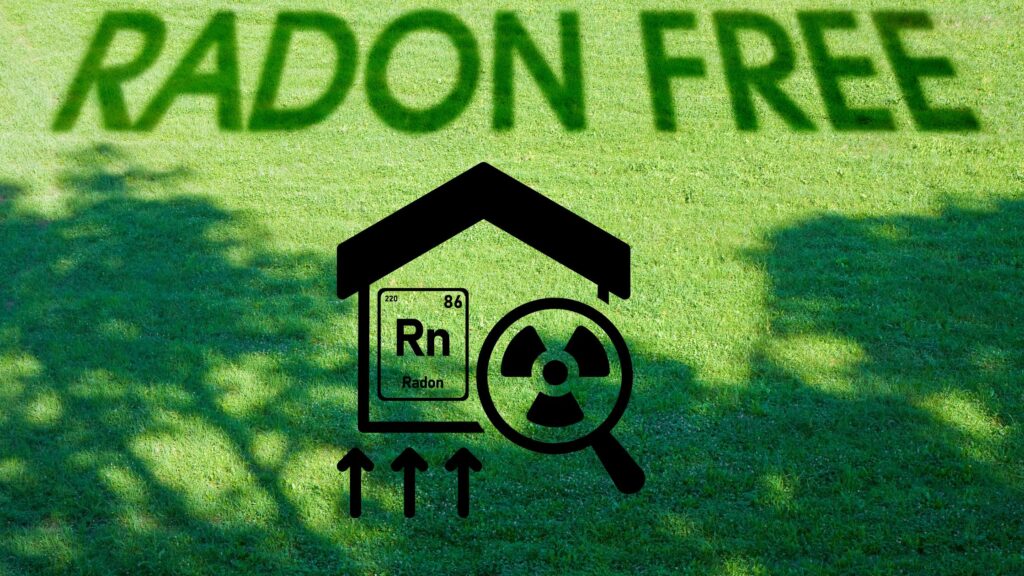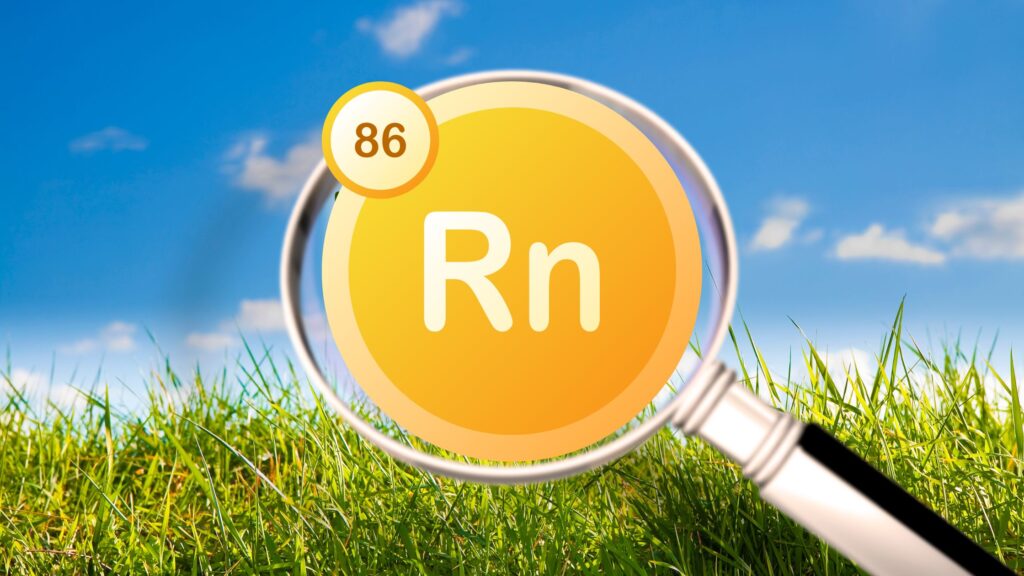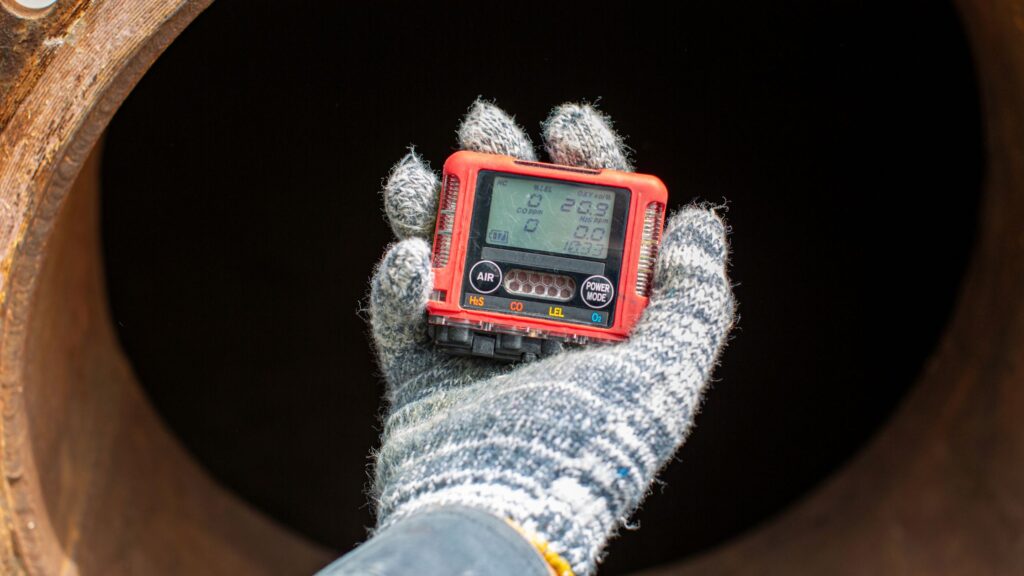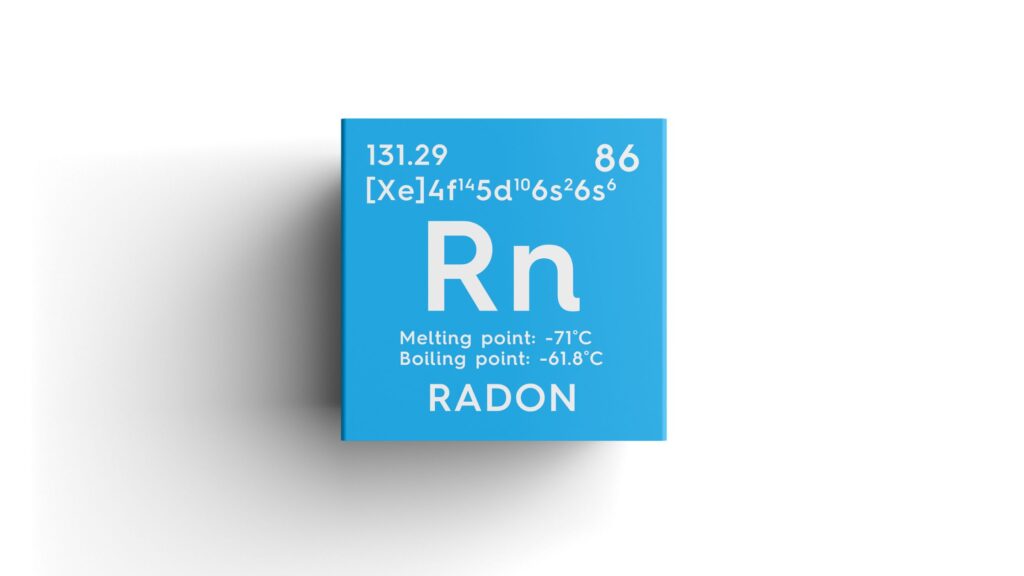Ensuring your home remains safe means protecting indoor air quality from invisible threats. A radon detector helps identify radon gas—a colorless, odorless radioactive element that can cause lung cancer. Therefore, choosing the right radon detector matters for every homeowner. You will learn how radon detection works, why professional help matters, and how to take effective action.

What Is a Radon Detector?
A radon detector is a specialized device used to measure the concentration of radon gas inside buildings, helping to assess potential health risks. Radon is a naturally occurring radioactive gas that can accumulate indoors, particularly in basements and lower levels, and prolonged exposure is linked to serious health conditions like lung cancer.
Each type of radon detector serves a purpose. Short‑term kits are cost‑effective, long‑term logs better reflect annual averages, and continuous monitors give precision and trend insight. These detectors work by sensing the radioactive particles produced when radon decays. Different types of detectors are available depending on your needs. Also, about Radon Mitigation System Installation here.
Why You Need a Radon Detector
Radon gas enters buildings through cracks, foundations, or waterborne sources and accumulates inside. Long‑term exposure dramatically raises lung cancer risk equivalent to smoking for non‑smokers. The EPA recommends action if air levels exceed 4 pCi/L (≈ 2.7 pCi/L as per WHO). Buying and using a radon detector lets you catch elevated levels early and act before health issues develop.
How Professional Radon Testing Works
Local experts follow a structured process:
Step 1: Initial Evaluation and Deployment
Technicians evaluate your home layout and install a radon detector—either a short‑term or continuous monitor—in the lowest occupied level.
Step 2: Measurement Period
They run the detector for days or weeks, depending on the method. Short‑term kits need sealed‑house conditions for accurate results; continuous monitors log hourly data over time.
Step 3: Data Analysis and Reporting
After collection, professionals retrieve the data or send the kit to a certified lab. They then interpret the results and recommend mitigation if needed
Step 4: Post‑Mitigation Testing
If mitigation is installed, a follow‑up radon detector confirms radon levels dropped below safe thresholds—ensuring the system is working effectively.

Types of Radon Detector Devices
You can select from several radon detection devices depending on your needs:
- Short-term test kits: Typically used for 2 to 7 days, these kits provide a quick snapshot of radon levels. They often use charcoal canisters or liquid scintillation for detection.
- Long-term detectors: Used for 90 days or more, these offer a more reliable average of radon exposure over time. Alpha track detectors are commonly used in this category.
- Continuous radon monitors (CRMs): Electronic devices that provide real-time readings and track radon fluctuations throughout the day. These are often used by professionals for detailed assessments.
Each device relies on a specific type of sensor—such as charcoal adsorption, alpha particle tracking, or digital electronic monitoring—to detect and measure radon accurately. Choosing the right type of detector ensures you get reliable data to make informed decisions about mitigation and long-term indoor air safety.
From Detection to Mitigation
Once a radon detector shows elevated levels, mitigation reduces exposure:
- Sub‑slab depressurization: A fan and pipe pull radon from under the foundation and vent it outside.
- Crawl space or sub‑membrane systems: A plastic sheet covers the soil, and negative pressure removes radon.
- Sealing entry points and improving ventilation: Complement other methods, but usually not enough on their own
Professionals design systems based on house structure, radon pathways, and detector data to ensure effective reduction.
Choosing a Certified Provider
You must select a certified radon service provider that handles both testing with a radon detector and mitigation:
- Look for certification from NRPP or NRSB.
- Confirm using advanced detection equipment and calibration.
- Find providers serving both homes and businesses in areas like Des Moines and Ankeny.
- Check transparent pricing, warranties, follow‑up testing, and maintenance plans
Maintenance and Follow‑Up
Maintaining a radon mitigation system is crucial for long-term indoor air safety and peace of mind:
- Retest regularly: Use a radon detector to check radon levels at least every two years, and always after major renovations, such as basement finishing or structural changes.
- Verify system functionality: Periodically inspect the system to ensure the fan is running continuously and that warning indicators (if present) show normal operation.
- Maintain provider communication: Keep in contact with the certified radon professionals who installed your system. They can provide maintenance, troubleshoot performance issues, and ensure your system continues to operate effectively over time.

Conclusion
Using a radon detector is the critical first step to identify and address radon gas risk. Professional testing and mitigation will ensure your indoor air stays safe. Des Moines Radon offers certified radon testing, accurate detection with advanced radon devices, and customized mitigation for homes and businesses throughout the Des Moines region. Their team delivers timely, affordable service—from initial detector deployment to follow‑up verification. For trusted expertise and full service from testing, detection, installation, and ongoing support, visit DSM Radon.




